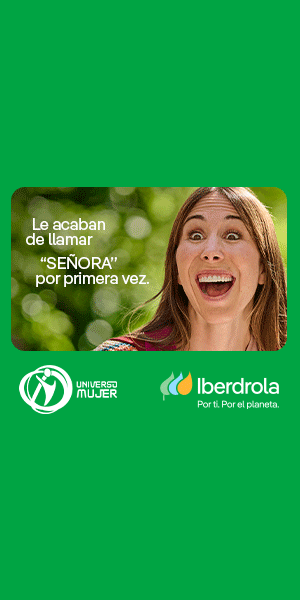Until next February 2016, the Museo Nacional Thyssen-Bornemisza presents Picasso and Klee in the collection of Heinz Berggruen, an exhibition realized by the Museum Berggruen in Berlin that reveals the artistic connection between two geniuses of modern art, Pablo Picasso and Paul Klee.
Curated by Paloma Alarcó, head of Modern Painting at the Thyssen Museum, and Gabriel Montua, director of the Berggruen Museum, the exhibition pays tribute to the legacy of Heinz Berggruen, one of the most important dealers and collectors of the 20th century, through more than 60 works, most of them belonging to the German museum. It is also supported by the Community of Madrid.
As part of the renovation of its building, the Berggruen Museum has been organizing a series of international exhibitions in Japan, China, Australia and Europe since 2022 to showcase the highlights of its collection. In the case of the Thyssen Museum, a visual and intellectual dialogue is proposed between these two artists, the collector’s favorites.
Heinz Berggruen (Berlin, 1914 – Paris, 2007) first became interested in modern painting during his years of exile in San Francisco, working at the San Francisco Museum of Art and briefly collaborating with the Mexican artist Diego Rivera. On his return to Europe after the Second World War, he entered the art market and opened his first exhibition in Paris in 1948. Years later, he acquired another location that would become the Galerie Berggruen & Cie. Although Paris was no longer the main artistic focus, Berggruen played a decisive role in the international market during the second half of the twentieth century, focusing on recovering important works from prestigious collections and attracting as clients great patrons of contemporary art.
From 1980 onwards he devoted himself exclusively to the collecting of works by masters of the 20th century, mainly Picasso and Klee, whom he regarded in his memoirs as “the two fundamental creators of the first half of our century”. In 2000, his extraordinary artistic ensemble was acquired by the German government, resulting in the creation of the Museum Berggruen as part of the Nationalgalerie. This fulfilled Berggruen’s desire not only to preserve his collection for posterity, but also to share it with the general public. In this respect, it is a process very similar to that led by Hans Heinrich Thyssen-Bornemisza and the Spanish State in 1993.







